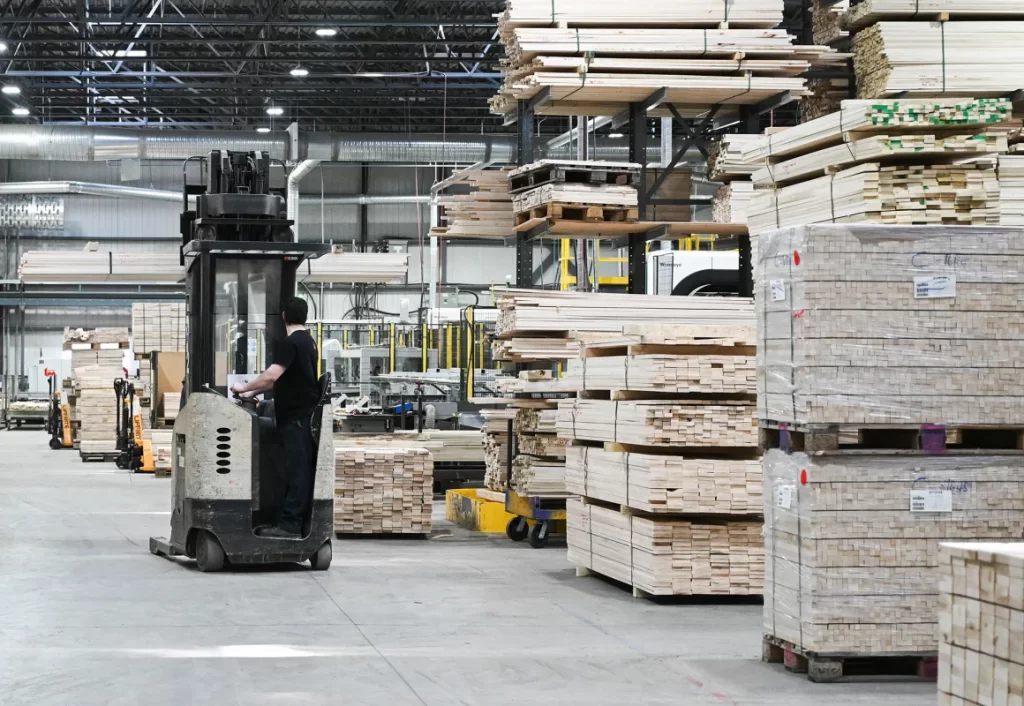
It has been difficult to convince people of President Donald Trump’s tariff plans. In addition to costing him the support of many members of his own political base, they have infuriated CEOs and sent financial markets into a tailspin.
Just one week before Trump’s predicted “Liberation Day” on April 2, he is using a tried-and-true marketing tactic: Prepare Americans for the worst then deliver something that isn’t nearly as difficult to take.
Trump did just that on Monday. In reference to the day he has pledged to impose broad tariffs on all of America’s trading partners, Trump stated, “April 2 will be a big day for the most part.” Monday’s a minor shift from claiming that Monday will be the big day for sector-wide tariffs as well as dollar-for-dollar reciprocal tariffs. Trump even managed to suggest giving out carve-outs, much to the delight of investors.
Changing the topic of discussion
Trump shifted the topic of discussion on Monday from concerns about the impact of tariffs on the economy to relief that he seemed to be postponing some of those taxes.
He stated that the announcement of auto tariffs would be made “very shortly.” Tariffs on pharmaceuticals: “At some point.” Tariffs on lumber and semiconductors: “Down the road.” Additionally, Trump said that “I may give a lot of countries breaks” in reference to the ambitious reciprocal tariffs.
Trump went on to say, “We might be even nicer than that.”
“Change the conversation if you don’t like what’s being said,” as the fictitious ad executive Don Draper in “Mad Men” advised a client worried about public opinion.
Trump has previously altered the subject by proposing a less stringent tariff strategy than his earlier pledges.
“On January 20th, as one of my many first Executive Orders, I will sign all necessary documents to charge Mexico and Canada a 25% Tariff on ALL products coming into the United States, and its ridiculous Open Borders,” for instance, just days after Trump was reelected. But that didn’t happen, and investors exhaled a great sigh of relief as equities rose.
After that, the date for such tariffs was postponed twice. They were partially delayed after being briefly enacted, and then there was a second delay. This meant that if products from the two nations don’t adhere to the conditions of the USMCA free trade agreement, which Trump signed during his first term, they will now be subject to 25% tariffs. Most people haven’t noticed that section of fine print.
During the campaign, Trump vowed to impose tariffs of up to 60% on all Chinese goods entering the United States. Currently, imports from China are subject to a 20% duty, while steel and aluminum imports are subject to an extra 25% levy.
According to Commerce Department data, the US imported 41% of its total value of goods last year from Mexico, China, and Canada, making them America’s top three trading partners. Because of this, businesses and economists have been concerned about a full-scale trade war between the three nations, which could make it much more expensive to produce essential goods. That has mostly been avoided thus far.
To put it another way, Trump increased the intensity of his threats while lowering them just enough to calm people. Tariffs remain in effect; they are merely a somewhat more bearable pill.



